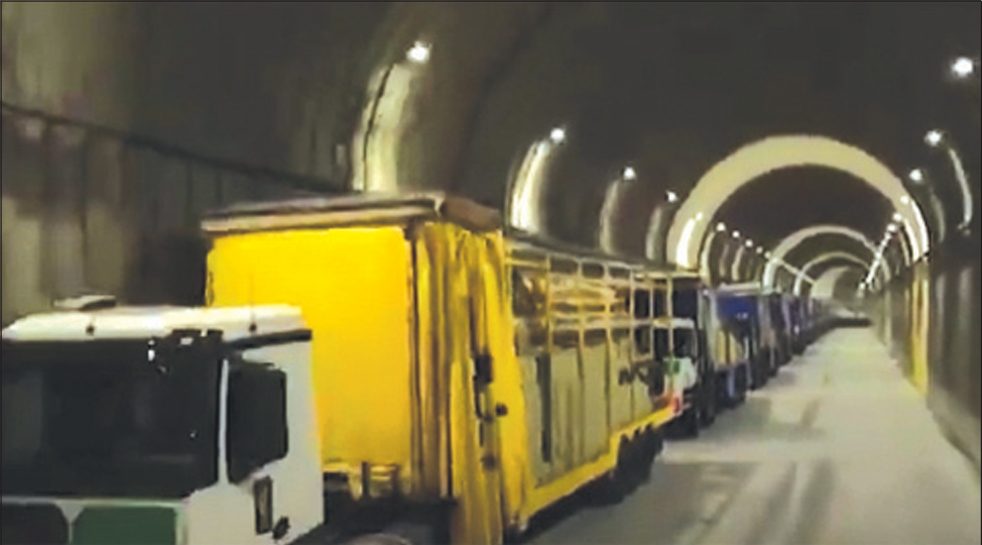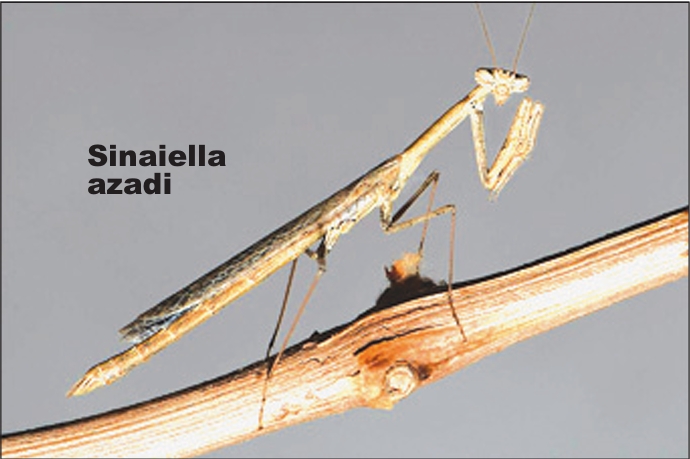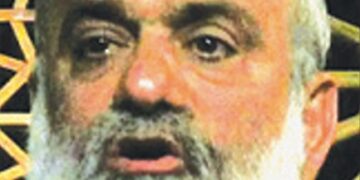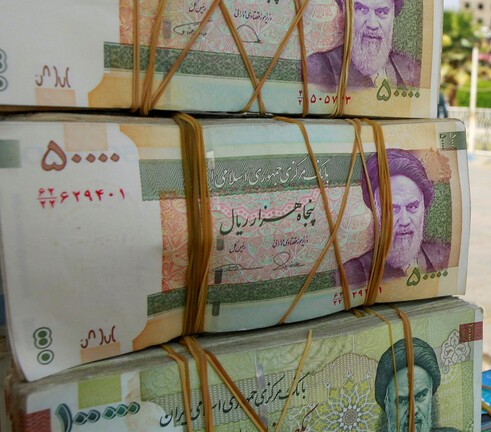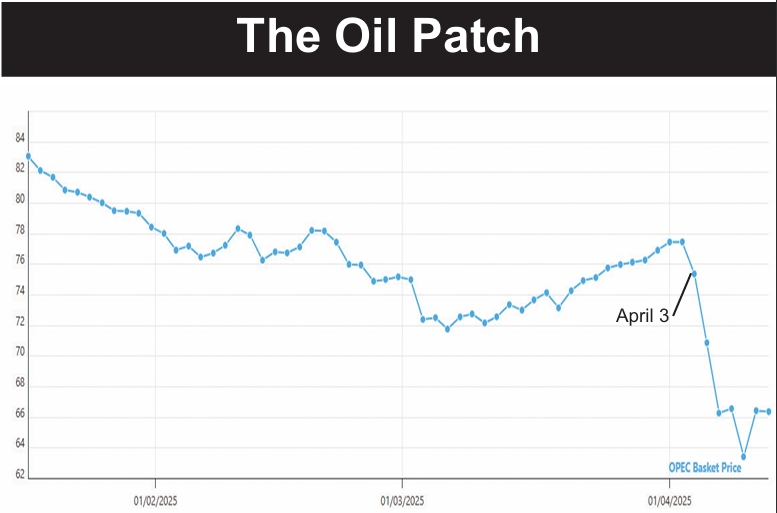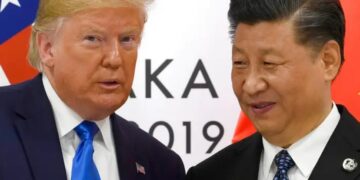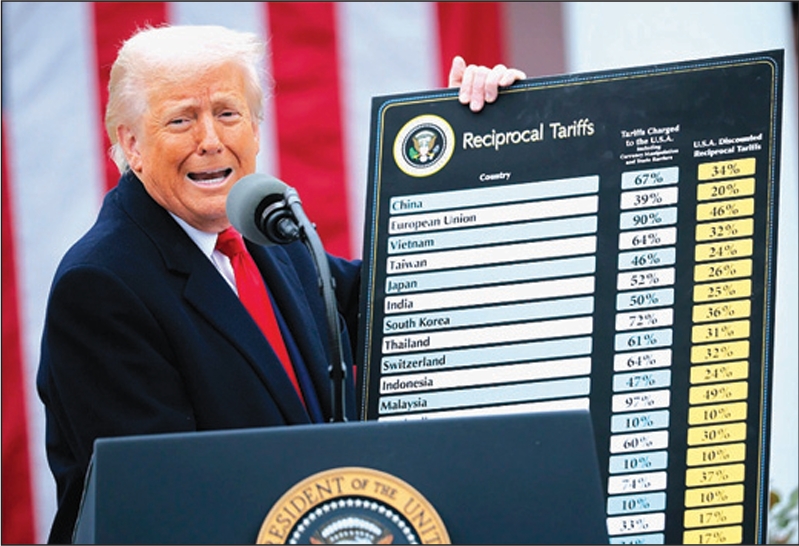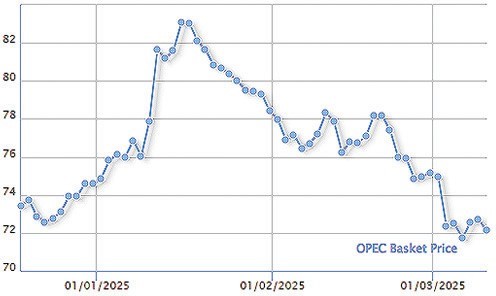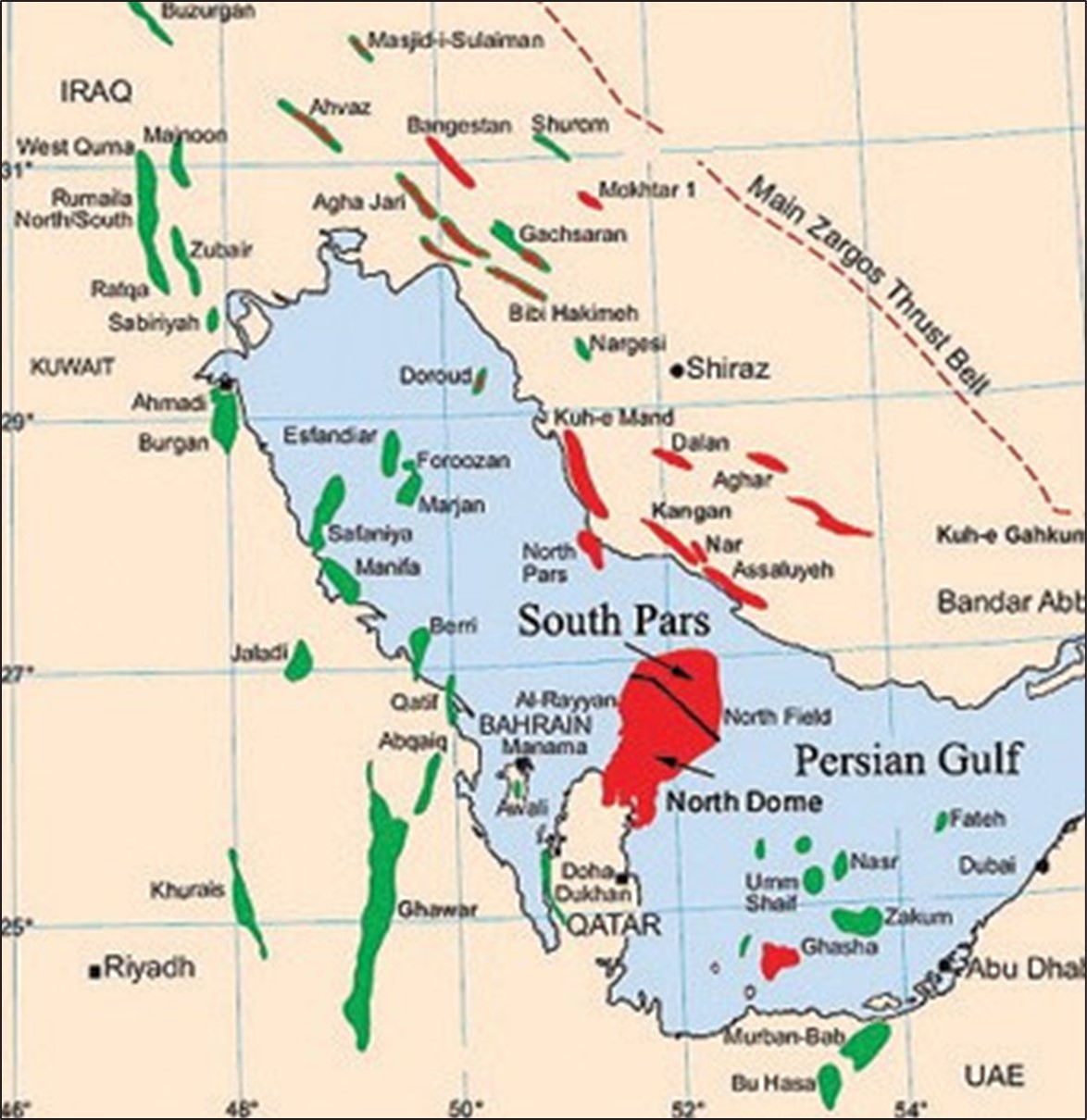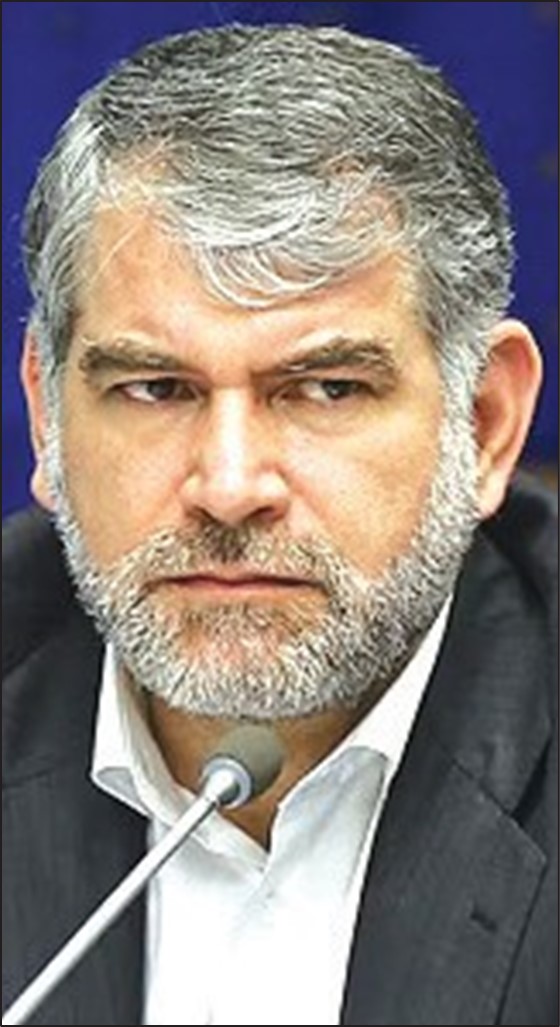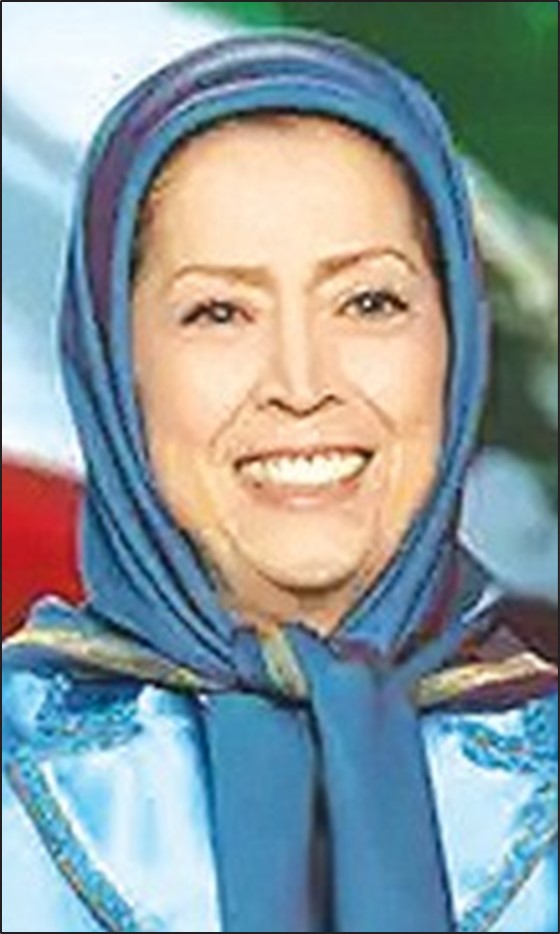It remains to be seen if the world will see it that way.
Ali-Asghar Soltanieh, Iran’s ambassador to the International Atomic Energy Agency (IAEA) in Vienna, told Reuters the invitations had gone to many of his fellow ambassadors at the IAEA “to visit our nuclear sites, particularly in Natanz and Arak,” on January 15 and 16.
That was an interesting pair to name because Iran has never permitted IAEA inspectors to visit the nuclear reactor under construction at Arak, despite numerous statements by the IAEA that Iran is obligated to open the site to IAEA inspectors. One problem for Iran is that the visit will underscore for the visiting ambassadors that they are being shown a site that professional inspectors are barred from.
It isn’t known how many ambassadors have been invited. Officials in Vienna said China and Russia had been invited as well as Hungary, which is the current president of the European Union, and some Arab countries. But the United States, Britain, Germany and France were not invited Monday and the general global reaction was negative at that exclusion.
The German news agency reported Tuesday that Iranian Foreign Ministry spokesman Ramin Mehman-Parast had said Iran would now invite the US, Britain, Germany and France.
They may refuse. A European diplomat told the German news agency, “It’s not the role of ambassadors to go to sites. The goal is better cooperation with the IAEA, not ambassadors.”
The visit is not in itself considered important by most analysts because few ambassadors to the IAEA have any technical skills and will not understand what they are seeing. Iran has previously taken foreign ambassadors assigned to Tehran on visits to nuclear sites and proclaimed that to be evidence of Iranian openness and transparency.
One Western diplomat talking to Reuters dismissed the invitations as “a stunt.”


